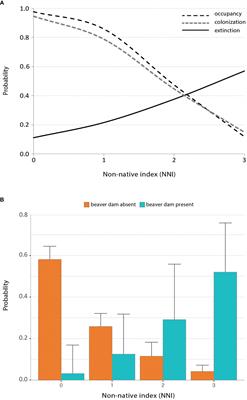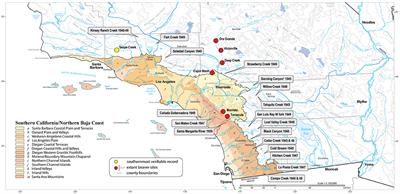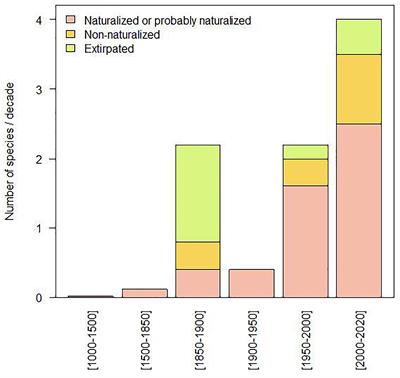EDITORIAL
Published on 15 Nov 2023
Editorial: Non-native species and biodiversity change in river ecosystems: a historical perspective
doi 10.3389/fevo.2023.1310125
- 952 views
2,989
Total downloads
19k
Total views and downloads
EDITORIAL
Published on 15 Nov 2023
CORRECTION
Published on 17 Oct 2023

ORIGINAL RESEARCH
Published on 22 Feb 2022

PERSPECTIVE
Published on 18 Nov 2021

ORIGINAL RESEARCH
Published on 03 Sep 2021

ORIGINAL RESEARCH
Published on 12 Mar 2021

